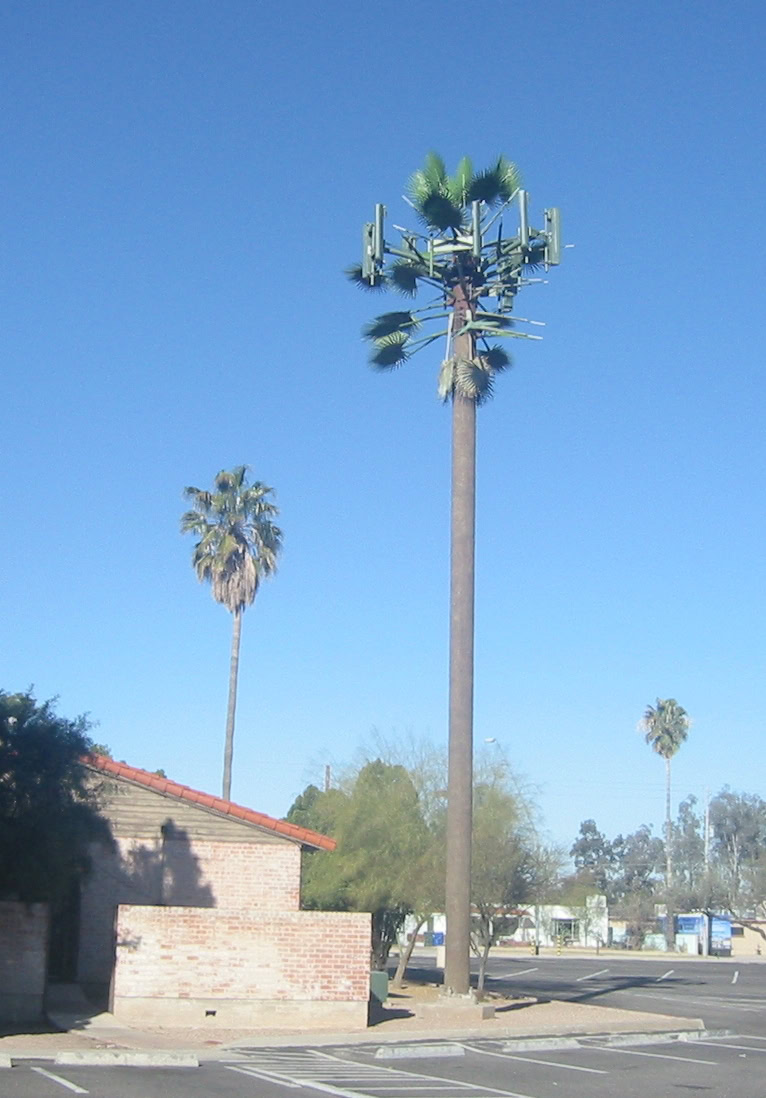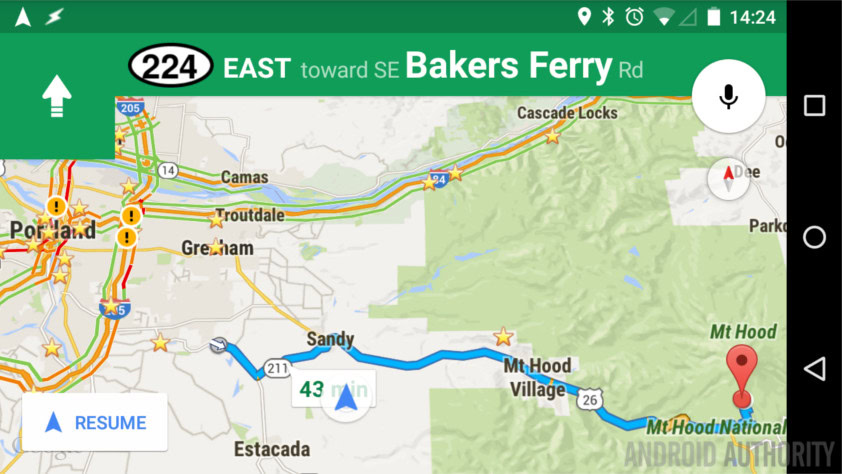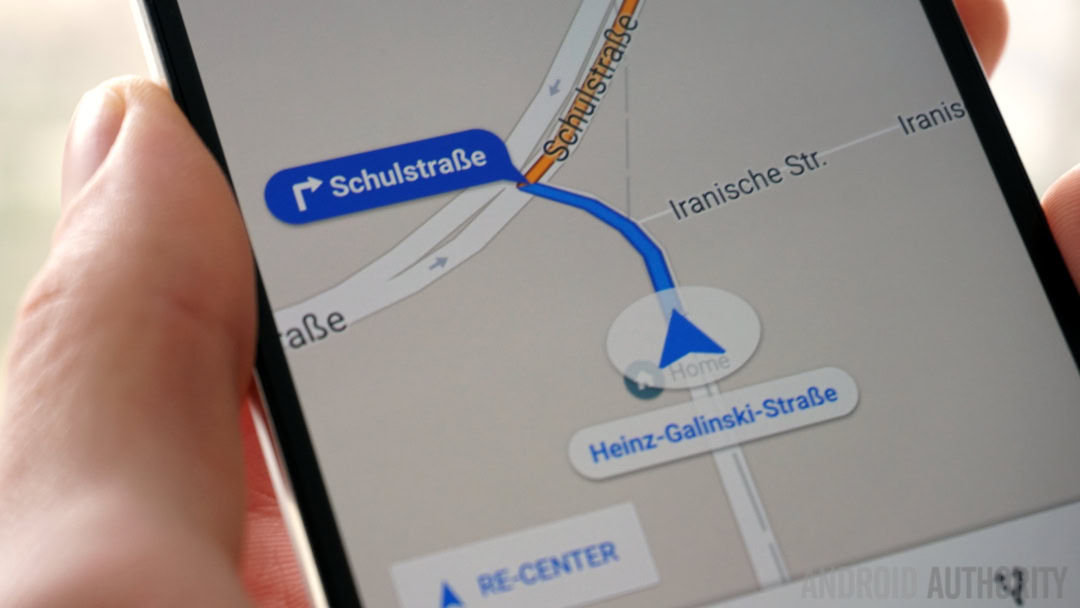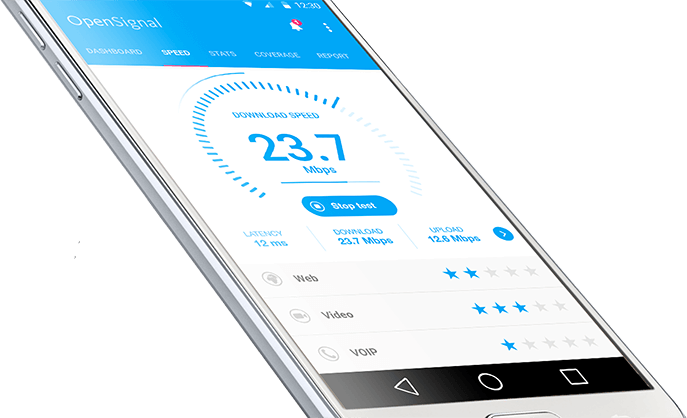Affiliate links on Android Authority may earn us a commission. Learn more.
How does a mobile network actually work?

If you were asked to pick a single technological innovation that revolutionized the modern world, that brought us into a new era of globalized commerce, exchange, and communication, and which totally overhauled the way we think about the size of our world and our interconnectedness as human beings, then your only real option is: Containerization, which is the standardization of intermodal freight transport containers for use on trucks, trains, and container ships. However, if you were asked to pick two such technological innovations, then your best second guess is definitely mobile networks.

Mobile networks are something that we use on a daily basis. Practically every time you glance at your cell phone or use it in any way, you’re relying on mobile networks to put you in contact with the rest of the world. As impressive as today’s smartphones are, they are toys compared to the massive achievement of mobile networks. Whereas our handsets are basically walkie-talkies strapped to super-compact personal computers, the networks that they rely on span nations and operate using a frankly boggling array of installations, protocols, and assorted technologies.
For the purposes of this article, we’ll be attempting to wrap our heads around the basic concept of how mobile networks actually work. There’s enough jargon involved in the process to choke an anesthesiologist, so we’ll be side-stepping as many CDMAs, HSDPA/HSPAs, SIDs, and FCCs as we can, that way you won’t need a Master’s Thesis in Acronyms to follow along. If you’re looking for a more technical breakdown that really digs into the nuts and bolts, then you’ve probably already got a handle on the narrative we’ll be constructing here. However, if your smartphone might as well be a magic device that runs on space crystals as far as you’re concerned, then read on and educate thyself!
Breakdown
First and foremost, we have the backbone of any given mobile network: base stations. These are radio towers, which we conventionally think of as free-standing masts, but they can also be building-mounted devices, rooftop sites, small cells (which are often attached to things like lampposts), or in-building systems. Some are even cleverly disguised as palm trees. Or not so cleverly.

Radio base stations are relay points that serve to connect mobile devices to each other. They are typically arranged in roughly hexagonal systems that allow for maximal connectivity. They also deliberately overlap, so hopefully any device in an area between base stations has several that it can reach at once. These regions are called ‘cells.’ Ever wonder why they’re called cell phones? Now you know.

Base stations send out radio waves that let smartphones know if they’re in range of a given station and, by extension, the network this base is connected to. Moreover, base stations are also able to receive radio waves, which they are then able to relay to the appropriate cell on a national or even global scale. The cells themselves range in size from around half a mile in diameter in densely populated cities to more than 5 miles wide in rural areas.
Now, all base stations are connected to switches, which serve as intermediaries between base stations. When a switch receives a mobile message or call from a base station, it forwards it to the nearest base station to the signal’s intended mobile recipient. Alternatively, if the signal is intended for a landline user, like that pizza place down the road, then the switch will forward the signal to the Public Switched Telephone Network, which will send the signal down good, old fashioned telephone poles to let you order that large half-pepperoni, half-pepperoni and pineapple pizza (ew) that you and your roommate so drunkenly need.
The real genius of this system is that, even if you’re traveling down the road, base stations will “hand off” signals to other base stations if you begin to draw closer to them, all without missing a beat in the conversation. That’s why you can have an unbroken six hour conversation with your codependent significant other even though that road trip was kind of supposed to be a solo spirit quest for you.
Dramatic Reenactment
Let’s say Deborah wants to send her address to her friend Brandon so that Brandon can find his way to her house party because Brandon’s sense of direction is notoriously bad. Deborah types her address into her text message app, assigns the recipient to Brandon, and hits send.
The text message is made of light, or effectively light. I mean, it’s electromagnetic radiation, so even if it’s not visible, it’s still made of the same stuff. Photons. The term “radio waves” tends to make us think of sound, but no, it’s light. So if you want to think of it as particles, that’s fine. If not, that’s okay too. Science says you’re cool thinking of it as waves as well.

The ripples explode outward from Deborah’s phone undirected. It’s a sphere that expands outward as fast as reality happens. It pushes through the walls and the ceiling and the floor of the house in which her party is already underway. It grinds itself to pieces in the dirt and dies there, but above, it swells like a mushroom cloud. It washes across the surrounding forest like wind. It slips slyly through a deer, through mist and trees. Through two base station towers that aren’t on her carrier and which do not understand it. But then it finds one that does.
It should be noted that the text message doesn’t stop here. In fact, it speeds away to Andromeda, oblivious. By the time Deborah’s text message leaves the Milky Way, everyone who ever lived will have been dead for twenty-five thousand years. It will arrive at Andromeda two million years later. And then it will keep going. Every text you send lives forever in space, so take that into consideration the next time you’re thinking about drunk texting that girl who clearly isn’t into you anymore.

The tower that recognizes the message, however, knows exactly what to do. It ferries the signal through a snaking maze of cables to arrive at a switch, which in turn perhaps bounces it off a satellite or two before finally locating the base station closest to Brandon. That base station makes an explosion of its own, another light-sphere snapping outward, a hollow shell as thin as thought. The text message rips through cars and people some of it flees away into the stars. The smallest fraction of this shell slides through plastic, glass, metal, and silicon to find a home in Brandon’s smartphone. Some of it also ends up in a black hole, but that’s another story entirely.

Brandon, who is lost on the way to Deborah’s house, is delighted when his phone buzzes in his car’s console. He touches the address, and a map shows him where to go with a bright blue line (this last step involved several satellites and more mobile network use, but we think you get the idea).

Conclusion
Mobile networks are a staggering human achievement. We have engineered a way to be in contact with practically any other member of our species instantaneously through the aggressive implementation of a highly technical mesh of interconnected radio wave outposts. While the water-resistance on the Samsung Galaxy S7 is pretty damn spiffy, and the modular capabilities of the LG G5 are impressive, we have to extend our true regard to the sprawling array of weather-resistant devices that make even the most basic capabilities of these top-end devices functional.
We acknowledge that we’ve swept over mobile networks in a simplified manner here, but the intent is to describe these incredible structures in a way that even beginners can understand. We hope that we’ve done that here, but if you can think of anything else more enlightening to add, let us know in the comments below!
